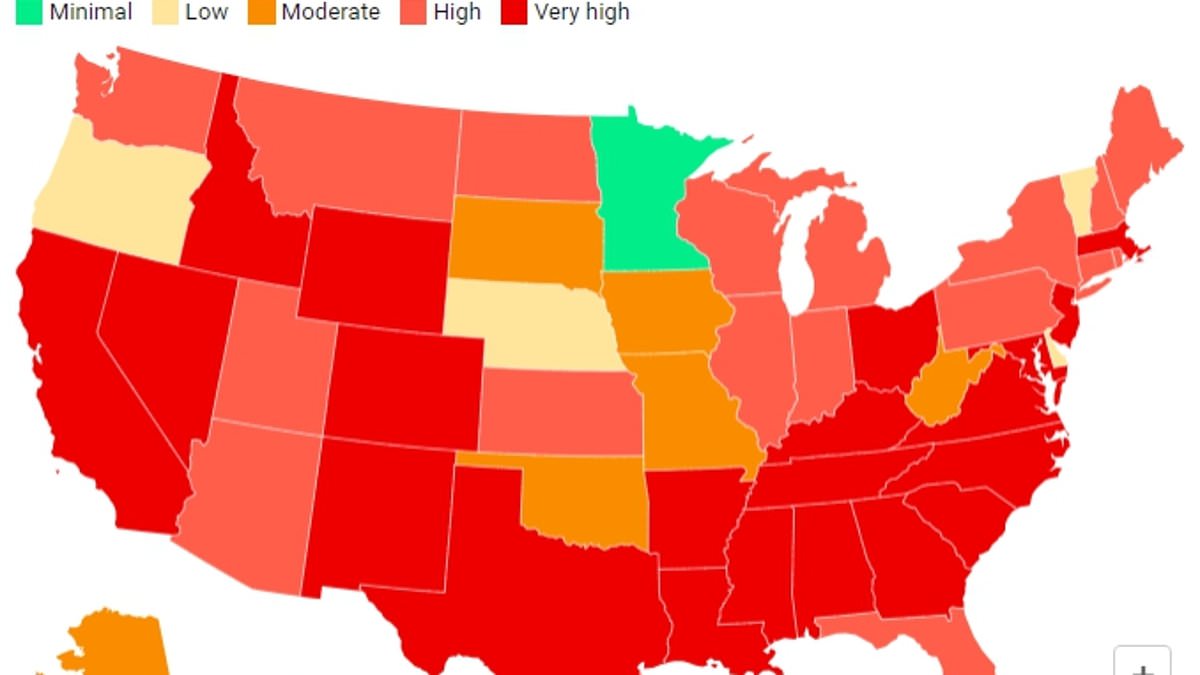What Is Gender-Affirming Surgery? Gender-affirming surgery refers to various procedures that help transgender, nonbinary, and gender-diverse individuals transition and align their physical body with their gender identity.
These surgeries can be performed by a multispecialty team, typically including board-certified plastic surgeons.
Some of the available procedures include:
- Facial gender surgery: This can involve reshaping the nose, brow lift, chin, cheek, and jaw reshaping, Adam’s apple reduction, lip augmentation, hairline restoration, and earlobe reduction.
- Top surgery: This includes masculinizing chest surgery, such as chest reconstruction or mastectomy, and feminizing chest surgery, such as breast augmentation.
- Bottom surgery: This can involve penile construction (phalloplasty/metoidioplasty), hysterectomy, and vaginoplasty or vulvoplasty
- Genital reconstruction: This includes procedures like orchiectomy (testicle removal) and vaginoplasty, vulvoplasty, or scrotoplasty (construction of a penis).
- Voice surgery: This can involve modifying the vocal cords to change the pitch of the voice.
- Reduction thyrochondroplasty (tracheal cartilage shave): This procedure can help reduce the size of the Adam’s apple.
It is essential to note that gender-affirming surgeries are major procedures, and patients should carefully research and select their healthcare providers, including primary care physicians, mental health specialists, and surgeons.
Most people who choose to undergo gender-affirming surgeries report satisfaction with the results, including improved quality of life and a better alignment of their body with their gender identity [ Sources: 1, 2, 3 ]
Risks
Gender-affirming surgery, like any surgical procedure, carries certain risks. The specific risks can vary depending on the type of surgery. Some of the potential risks associated with gender-affirming surgeries include:
- Bleeding
- Infection
- Changes to sexual sensation
- Necrosis of the vagina
- Poor healing of incisions
- Hematoma
- Nerve injury
- Stenosis of the vagina
- Inadequate depth of the vagina
- Injury to the urinary tract
- Anesthesia risks
- Complications such as venous thromboembolism (VTE), seroma, and wound infection.
It’s important for individuals considering this surgery to thoroughly discuss these risks with their healthcare providers and to ensure they have a clear understanding of the potential complications associated with the specific procedures they are considering. Additionally, they should be aware that the overall rate of regret following this surgery is very low, with fewer than 1% of individuals expressing regret [4, 5,].
Benefits
Gender-affirming surgery provides numerous benefits for transgender, nonbinary, and gender-diverse individuals. According to several studies, gender-affirming surgery can reduce gender dysphoria and related conditions, such as anxiety and depression.
It can also lead to better mental health outcomes, including lower rates of psychological distress and suicidal ideation.
Additionally, gender-affirming surgery can improve the quality of life for individuals who undergo the procedure, including the way their body looks and works.
Depending on the procedure, 94% to 100% of people report satisfaction with their surgery results.
Very few people who have gender-affirming surgery regret their decision, with fewer than 1% expressing regret[6].
What are the costs associated with gender-affirming surgery?
Gender-affirming surgery costs can vary widely depending on the specific procedure and individual circumstances. According to a 2022 study published in The Journal of Law, Medicine and Ethics, gender-affirming surgery can cost between $6,900 and $63,400, with out-of-pocket costs varying based on insurance coverage.
Additional expenses may include surgeon’s fees, hospital fees, consultation fees, insurance copays, and the cost of psychiatric care or therapy.
Without insurance coverage, individuals have reported costs such as $8,000 for top surgery and up to $25,000 for bottom surgery[7, 8, 9].
Are there any financial assistance programs for gender-affirming surgery?
Yes, there are financial assistance programs available. Some of these programs include:
Trans Health Project: This organization provides information on grant programs that help fund transgender-related healthcare.
Point of Pride’s Annual Transgender Surgery Fund: This scholarship-like program provides direct financial assistance to trans individuals who cannot afford gender-affirming surgery.
Genderbands: This organization offers grants for financial assistance for transition-related medical or surgical procedures, including gender-affirming surgery.
Additionally, some insurance plans may cover some or all of the costs associated with gender-affirming surgery. A 2022 study found that the average cost for gender-affirming hormone therapy and surgeries combined was $1,776 per covered transgender person.
It’s important for individuals to research their insurance coverage and explore all available financial assistance options to help cover the costs of gender-affirming surgery[10, 11, 12].









